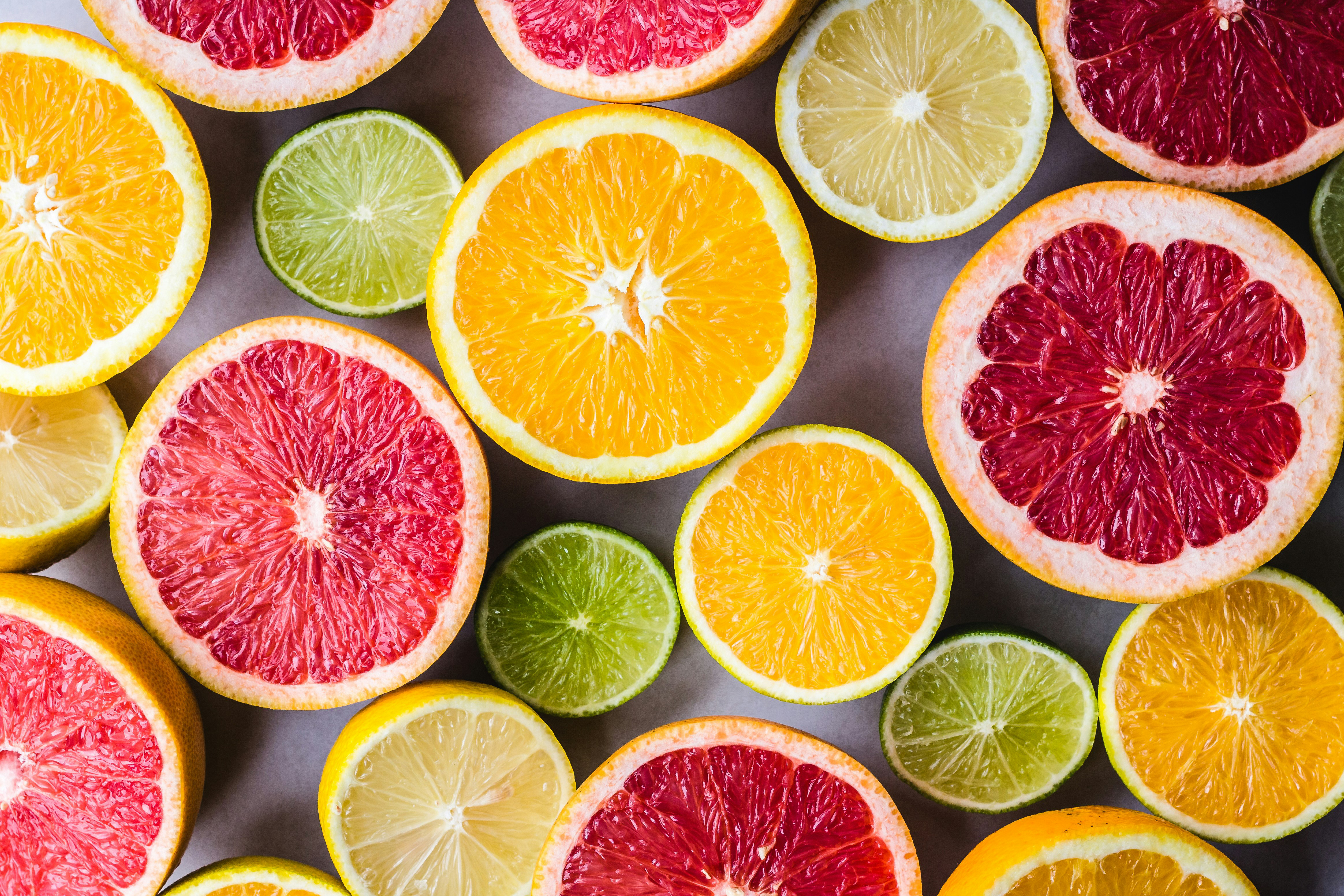Urinary incontinence is estimated to affect 400 million people worldwide, two thirds of them women
By Dina Gavarieva
Urinary incontinence is a silent struggle that affects millions of people worldwide, yet it remains a topic shrouded in embarrassment and misunderstanding.
The inability to control bladder function can significantly impact a person’s quality of life, leading to disruptions in daily activities, strained relationships and a loss of confidence.
While incontinence is often dismissed as a natural consequence of ageing or childbirth, the reality is far more complex.
It is estimated that more than 400 million people globally suffer from some form of urinary incontinence, with women twice as likely to experience it as men.
For many women, incontinence is linked to life events such as pregnancy, childbirth and menopause, all of which can weaken the pelvic floor muscles and lead to bladder control issues.
In men, prostate conditions, surgery and ageing contribute to the development of incontinence.
However, it is not just a problem of ageing – young and active individuals can also be affected due to high-impact sports, chronic constipation, obesity, or neurological conditions that interfere with bladder function.
There are different types of urinary incontinence, each with distinct symptoms and underlying causes.
Stress urinary incontinence (SUI) occurs when physical activities such as coughing, sneezing, laughing or exercising put pressure on the bladder, leading to leakage.
Urge incontinence, also known as overactive bladder, is characterised by a sudden and intense need to urinate, often resulting in involuntary leakage before reaching a bathroom.
Mixed incontinence is a combination of both stress and urge incontinence, making management even more challenging.
Finally, there is overflow incontinence, where the bladder does not empty completely, leading to frequent dribbling, and functional incontinence, where mobility issues or cognitive impairments prevent timely access to a restroom.
Despite the high prevalence of urinary incontinence, many individuals suffer in silence. Studies suggest that less than 50 per cent of those affected ever discuss their symptoms with a healthcare professional.
However, ignoring the issue can lead to worsening symptoms, social withdrawal, sleep disturbances and even depression.
The good news is that incontinence is treatable, and numerous options exist to help individuals regain control and confidence.
Conservative treatment approaches often begin with lifestyle modifications, such as maintaining a healthy weight, reducing caffeine and alcohol intake, and practising bladder training techniques.
Pelvic floor exercises can be highly effective in strengthening the muscles that support the bladder and urethra, improving control over leaks.
Physical therapy, biofeedback and electrical stimulation are additional non-invasive options that can help individuals regain bladder function.
For those who require more advanced treatment, medical interventions such as medications, bladder Botox injections, or surgical procedures may be recommended.
In recent years, technological advancements have led to innovative, non-invasive treatments.
Electromagnetic stimulation therapy, for instance, has been shown to significantly improve bladder control by strengthening the pelvic floor muscles beyond what traditional exercises can achieve. Research indicates that such therapies can lead to a 65 per cent improvement in symptoms, with high patient satisfaction rates.
Regardless of the severity of incontinence, seeking help is the first step towards regaining confidence and freedom.
With increasing awareness, medical advancements, and supportive healthcare professionals, incontinence can be managed successfully, allowing individuals to reclaim their independence and quality of life.
Best and worst foods for bladder control
A number of foods can irritate the bladder, increase urgency, or contribute to leakage. Here are the worst offenders:
Caffeine – found in coffee, tea, energy drinks, and chocolate, caffeine is a diuretic that increases urine production
Alcohol – also a diuretic, it can worsen incontinence by increasing urine production and relaxing bladder muscles
Spicy food – chilli peppers, hot sauces, and spicy curries can irritate the bladder lining

Citrus fruit – oranges, lemons and grapefruits can be too acidic and irritate the bladder
Fizzy drinks – including sparkling water, carbonated drinks may increase urgency due to their acidity and carbonation
Artificial sweeteners – found in diet sodas, sugar-free gum and some processed foods, they may increase bladder sensitivity
Tomatoes – tomatoes and sauces (like pasta sauce and ketchup) are acidic and can cause irritation
Dairy products – some people find that milk, cheese and yoghurt can worsen symptoms
Processed and salty food – high sodium intake can lead to dehydration, which in turn may concentrate urine and irritate the bladder.
Of course, for every bad there’s also a good so incorporate these foods into your diet to support bladder health and reduce incontinence symptoms:
Water – staying hydrated is essential because concentrated urine can irritate the bladder
High-Fibre Food – whole grains, beans, lentils, and vegetables prevent constipation, which can worsen incontinence
Bananas – gentle on the bladder and help prevent constipation
Pears and apples – non-acidic fruit that provide fibre and hydration
Watermelon and cucumber – again, hydrating food that are mild on the bladder
Lean proteins – chicken, turkey, fish, and plant-based proteins are generally non-irritating
Nuts and seeds – almonds, cashews, and sunflower seeds provide healthy fats and fibre
Herbal Teas – chamomile or peppermint tea can be soothing alternatives to caffeine.
Dina Gavarieva is a qualified naturopath practising at Neomed Institute and Medical Centre, Limassol







Click here to change your cookie preferences